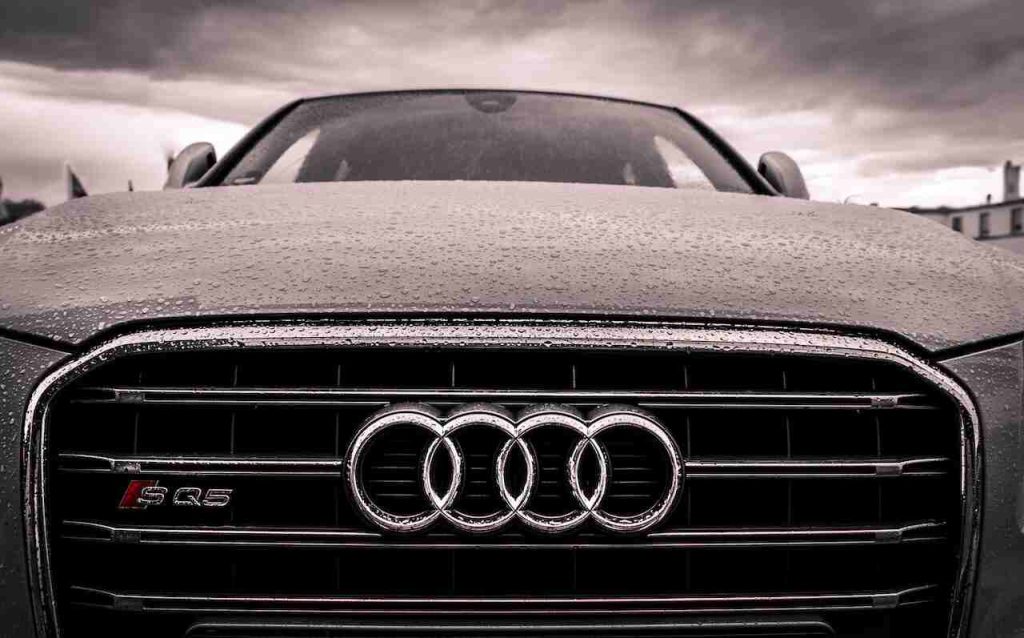From Symbolic Brand Identity to Modern Art Automobile logos have come to be synonymous with brand identity. These instantly recognizable symbols convey the essence of automobile manufacturers. From the smooth and rich to the striking and famous, vehicle logos have developed throughout the long term, reflecting both the changing patterns in plan and the brand’s qualities. We delve into the fascinating world of automobile logos in this article, tracing their beginnings, highlighting some notable examples, and examining how they have evolved into works of art.
The Introduction of Vehicle Logos
The beginning of auto fabricating saw a set number of carmakers, each expecting to separate themselves in a developing business sector. The company’s name or initials were frequently featured in the initial logos of the first automobiles. This strategy was used by Ford, Chevrolet, and Cadillac brands to emphasize legibility and brand recognition.
Iconography and Symbolism As the automobile industry developed, car logos began to incorporate iconography and symbolic elements. The purpose of these visual cues was to convey the identity, values, and goals of the brand. One noticeable model is the Mercedes-Benz logo, which includes a three-pointed star, representing the brand’s strength ashore, air, and ocean. In a similar vein, the BMW logo pays tribute to the aviation heritage of the company by depicting a propeller in motion.
A shift toward minimalism and simplicity in logo design has occurred over the past few decades. Clean, streamlined designs that convey a sense of sophistication and modernity have been chosen by many automakers. This trend is best demonstrated by the minimalist “VW” logo of Volkswagen, which exudes timeless elegance. Another well-known minimalist logo is Audi’s four interlocking rings, which represent the merger of four automobile manufacturers into Auto Union.
Logos as Works of Art In the digital age of today, car logos have become works of art in their own right instead of just corporate symbols. Vehicle producers currently put huge time and assets into planning outwardly hitting logos that resound with buyers on a close to home level. Brands like Lamborghini, Ferrari, and Aston Martin gloat logos that are immediately unmistakable and inspire a feeling of extravagance, execution, and eliteness.
The design of automobile logos has also been influenced by technological advancements in the digital age. Logos must be able to fit a variety of sizes and formats as a result of the rise of mobile apps and digital platforms. Nowadays, logos are designed with scalability in mind, ensuring that they remain recognizable across a variety of digital platforms and screen sizes.
The Fate of Vehicle Logos
Looking forward, the fate of vehicle logos is probably going to be formed by progressions in innovation, changes in purchaser inclinations, and arising configuration patterns. With the ascent of electric and independent vehicles, vehicle logos might develop to reflect supportability and state of the art innovation. Also, the developing interest for personalization might prompt more adjustable logos that permit shoppers to communicate their singularity.
End
Vehicle logos have made considerable progress since the beginning of the car business. Automobile logos have developed into powerful visual tools that captivate customers, ranging from straightforward brand identifiers to iconic symbols representing values. These emblems, which represent the craftsmanship, innovation, and legacy of automobile manufacturers, have become an essential part of the automotive experience because each logo reflects a brand’s identity and aspirations. As innovation advances and configuration patterns develop, we can expect considerably really enamoring and creative vehicle logos later on.

